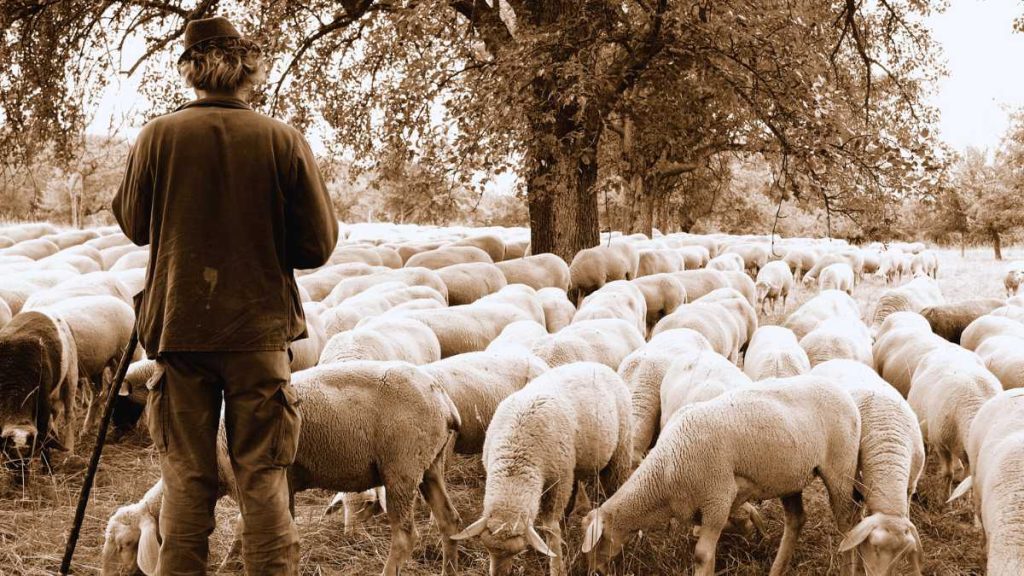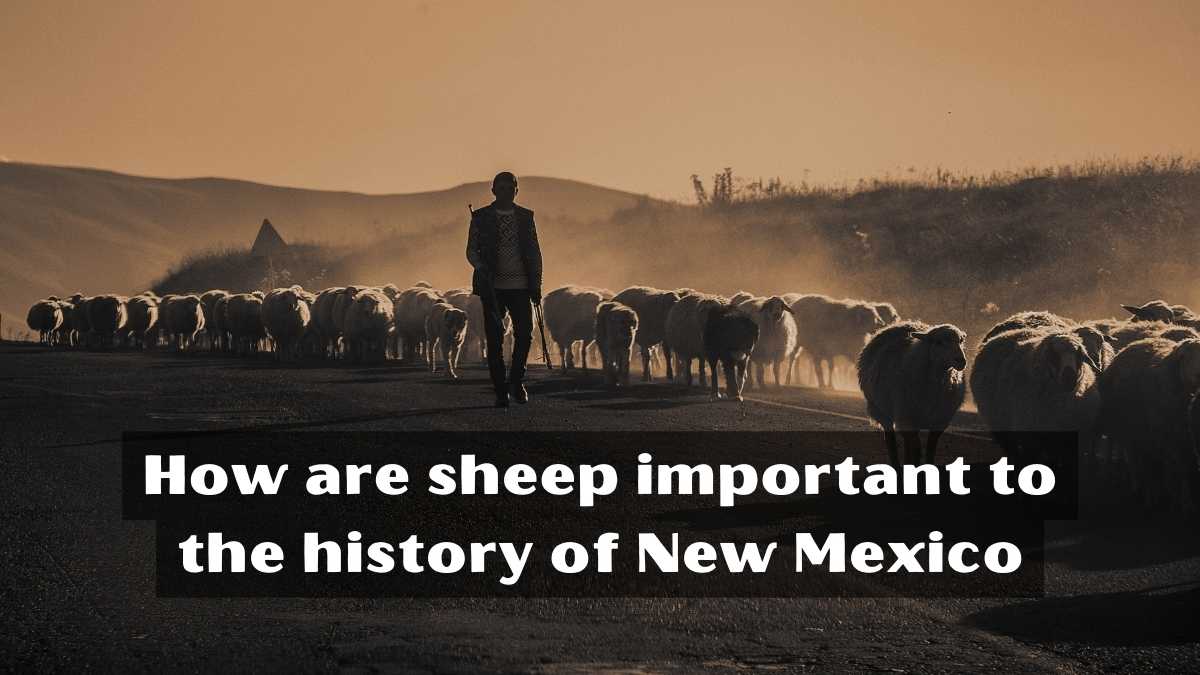New Mexico, a state rich in culture and history, owes a significant part of its heritage to the importance of sheep. For centuries, sheep have played a crucial role in sustaining indigenous communities, influencing Spanish colonial expansion, and shaping the cultural identity of the region. Join me on this journey as we delve into the captivating history of sheep in New Mexico.
Table of Contents
Prehistoric and Indigenous Connections
Long before European contact, the ancestral pueblo peoples of New Mexico established a deep connection with sheep. These resourceful communities relied on sheep for sustenance, utilizing their meat, milk, and wool. Sheep also provided valuable materials for clothing, blankets, and tools, enabling the pueblo peoples to thrive in a challenging environment. The relationship between sheep and indigenous communities extended beyond practicality, with sheep holding cultural and spiritual significance, symbolizing fertility and abundance.
Spanish Colonial Era
During the Spanish colonial era, sheep made their way to the arid landscapes of New Mexico. Spanish explorers and conquistadors introduced sheep as they sought to establish settlements and claim territory. This marked the beginning of sheep ranching in the region. The Spanish recognized the suitability of the land for sheep herding, and as a result, sheep ranching quickly became a vital industry.

The establishment of sheep ranching
Spanish settlers established ranchos and haciendas across New Mexico, utilizing vast tracts of land for sheep grazing. These ranches became centers of economic activity, with sheep providing a sustainable source of wealth. The wool produced by New Mexican sheep gained recognition for its quality and was highly sought after. Additionally, sheep provided meat and milk, ensuring a reliable food source for the growing population.
Frontier Expansion and the Sheep Industry
As the frontier expanded, New Mexico’s sheep industry experienced significant growth. The establishment of the Santa Fe Trail in the early 19th century played a pivotal role in this expansion. The trail served as a lifeline, connecting New Mexico to the United States and facilitating the transportation of sheep and wool to eastern markets. Sheep ranching thrived during the American territorial period, and New Mexico became a major supplier of wool and mutton.
Economic importance
The economic importance of sheep in New Mexico cannot be overstated. The wool industry fueled the state’s economy, attracting merchants, traders, and investors. Wool from New Mexican sheep found its way into textile mills, providing raw materials for the booming textile industry in the eastern United States. The demand for New Mexican wool generated substantial revenue, contributing to the growth and development of the region.
Sheepherding and Cultural Identity
Sheepherding became deeply ingrained in the cultural fabric of New Mexico. The tradition of tending sheep and the knowledge passed down through generations shaped the cultural identity of the state. The hardworking and resilient sheepherders, known as hermanos, cultivated a unique way of life, embracing the vast open spaces and living in close harmony with nature. The annual sheep and wool festivals celebrated this heritage, showcasing the skills, crafts, and traditions associated with sheepherding.

Cultural influence
Sheepherding played a significant role in shaping New Mexico’s cultural landscape. Traditional songs, dances, and stories revolve around the sheepherding experience, capturing the essence of this way of life. Art and crafts, such as weaving intricate wool blankets and creating exquisite jewelry, reflect the artistic expression rooted in the sheepherding tradition. Efforts are underway to preserve and promote these cultural practices, ensuring that they endure for future generations.
Challenges and Transformations
Over time, the sheep industry in New Mexico faced various challenges. Factors such as changing market demands, environmental issues, and competition led to a decline in sheep ranching in the mid-20th century. However, recognizing the cultural and economic significance of sheep, there have been concerted efforts to revive and sustain the industry. Collaborative initiatives between government agencies, ranchers, and organizations aim to preserve the heritage of sheep ranching while adapting to modern challenges.
Conclusion
Sheep have left an indelible mark on the history of New Mexico. From the ancestral pueblo peoples to Spanish settlers and the present-day communities, the importance of sheep in sustaining livelihoods, shaping economies, and defining cultural identities cannot be understated. As we explore New Mexico’s vibrant past, let us appreciate the enduring legacy of sheep and their ongoing significance in this captivating land.
Read more about Sheep farming




Leave a Reply